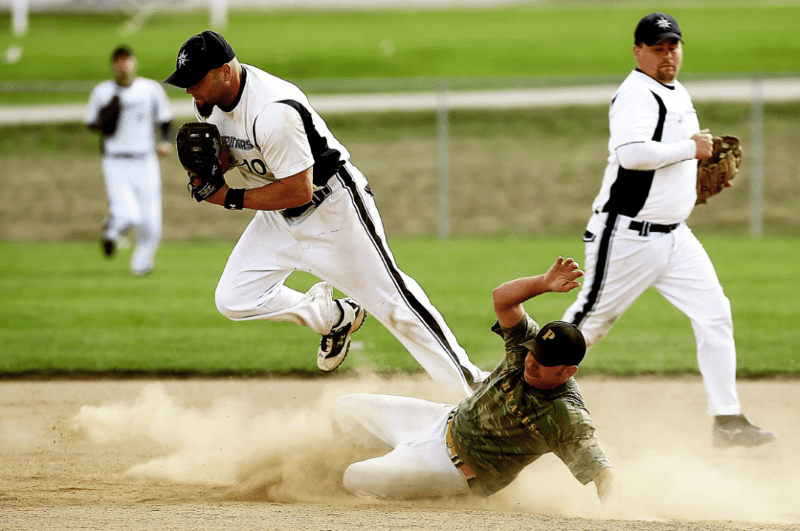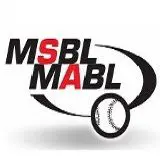How To Get Help If You Suffer From A Baseball Injury

By Jennifer Davies, Special to MSBL
 Baseball has a lower percentage of injuries compared to other leading sports like basketball and football. Baseball still has a high rate, even though not all injuries are life-threatening and result in hospitalization. As reported by SportsRec, “51% are injuries sustained to the upper extremities…30 [in] the lower extremity injuries…[and] 12% by the spine and core muscles.” When it comes to playing a professional sport, there are steps to take in order to prevent muscle strains, sprains, and elbow and shoulder injuries, but it’s also important to know how to get help if you need it.
Baseball has a lower percentage of injuries compared to other leading sports like basketball and football. Baseball still has a high rate, even though not all injuries are life-threatening and result in hospitalization. As reported by SportsRec, “51% are injuries sustained to the upper extremities…30 [in] the lower extremity injuries…[and] 12% by the spine and core muscles.” When it comes to playing a professional sport, there are steps to take in order to prevent muscle strains, sprains, and elbow and shoulder injuries, but it’s also important to know how to get help if you need it.
Play It Safe On And Off The Field
Often, treatment for baseball injuries depends on the type of injury and its severity. In fact, the most common injuries athletes face in baseball include rotator cuff tears, UCL injuries and muscle sprains. In 2017 alone, baseball players in the U.S. needed to be treated for more than 187,447 injuries. More times than not, one injury could result in short or long-term disability. As a result, assessing eligibility for long-term care may be an important tool, particularly for those on leave.
While simple fixtures like icing smaller wounds or applying a splint to stabilize the injury can help in the moment, waiting for a sports medic is ideal. In most baseball games, a medic will be on site to assess extremities. If a medic is unavailable, however, dial your local emergency services. They will know how to help, and when the best time to return to the diamond is.
Take Preventative Measures To Avoid Dangerous Injuries
Last season, 555 MLB players were on the disabled list, recovering and losing compensation. Baseball players on disability that do not go to healing services like physiotherapy can develop worse conditions. Physiotherapy provides muscle stretching and massages, amongst other therapeutic treatments. The hands-on activity and exercise can improve mobility, help you return to the field, and keep you out of the doctor’s office. Outside of exercising shoulder and leg muscles, preventative measures like wearing the proper gear, taking breaks when needed, practicing the right techniques, and fueling your body with electrolytes to stay hydrated will also benefit in the end. Preparing your body for the next game has medical benefits.
conditions. Physiotherapy provides muscle stretching and massages, amongst other therapeutic treatments. The hands-on activity and exercise can improve mobility, help you return to the field, and keep you out of the doctor’s office. Outside of exercising shoulder and leg muscles, preventative measures like wearing the proper gear, taking breaks when needed, practicing the right techniques, and fueling your body with electrolytes to stay hydrated will also benefit in the end. Preparing your body for the next game has medical benefits.
Whether you play for a major baseball team or a junior league, injuries are very common. Thus, if there’s one thing players should know on and off the baseball field, it’s how to tend to an injury and seek the right help to kick start the healing process.

